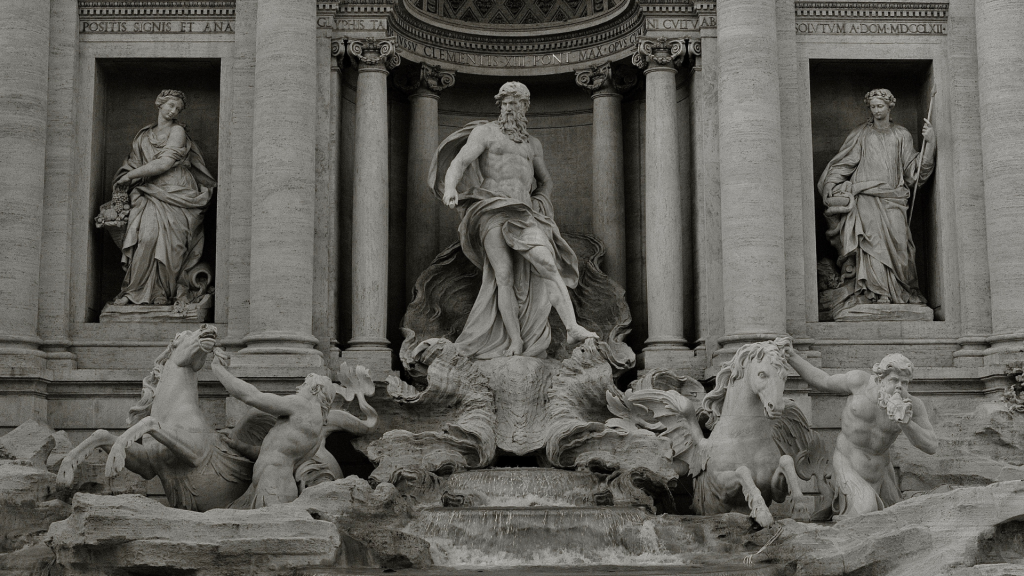Many famous artists have found success with traditional tools and materials, from Michelangelo’s famous use of the chisel to Picasso’s famous use of a rusty nail. But some surprising discoveries have been made about the work of non-traditional artists. For example, sculptors who use pencils end up creating more detailed sculptures, while artists who use paint end up creating more abstract works. If you are wondering how you can improve your own sculptures, here are a few tips you might find useful:
- Focus on the outline.
The outline is the single most important aspect of your work. It’s the thing that will make or break your sculpture. The outline, defined as the “one plan” that defines the physical form of your sculpture, is a structure of your idea. It will give you the exact limits of what you’re creating, whether it’s a piece of art, a building, a set of furniture, a fashion line, a collectible, or a collage.
- Make use of white paint sparingly.
It is important to know where to use white paint as a sculptor. Not all white paint is created equal. There are some white paints that are more dangerous than others because they can cause health problems. White paint has a lot of health hazards when it is used incorrectly. If you do not know the correct way to use white paint, it can be dangerous.
- Don’t treat the brush like a pencil.
This is a very simple concept, but it can make a huge difference in your art. If you have sculpted something and you’re not satisfied with it, try sculpting it again, but this time use the tip of the brush as a guide for where you want the end result to be. This prevents you from sculpting the object where you feel like it needs to be and instead allows you to sculpt where you feel it should be. Coming up with a sculpture idea is not as simple as it may seem. Most of us have seen sculptures in movies and on the street, but we don’t really realize the amount of work and attention it takes to make an art piece. This is why most sculptors work with a model. By using a model, sculptors can study their work from different angles and help them get an idea of how the sculpture will turn out before they start creating it.
- Make a colour harmony.
There is a certain beauty in all magnificence, a temptation to linger, or a sudden desire to make it. And yet, no matter how hard you try, there will be a sense of incompletion, a sense of something fundamental being missing. Take your time, don’t stress, just enjoy the process, and you will reach a point beyond where you started. An increasing number of artists are now incorporating colour into their works. But many have a difficult time painting in bright, vibrant hues. Instead, they use colour to express their emotions and feelings by creating a series of muted, pastel hues that seem to point to a meaning in the piece. The method may not be the easiest way to create harmonious colour harmony, but it is worth looking into.
- Grab the right pencil for the job.
It’s not that sculpting is hard or that you should be stressed about it. You need to know just a few things before you get started: Sculpting isn’t like paint-by-numbers. With sculpting, you need to follow the direction of the artist and make sure you’re carving the right shape. You can’t just go ahead and sculpt something randomly. Sculpting is an art, so even if it feels like you’re making no progress, you should be pleased with your final product. So, why should you really use the right pencil for the job? This question is one that has puzzled the art world for centuries. In the past, artists were often advised to use a pencil made of animal hair, as graphite was thought to be more concentrated. Today, artists are still advised to use the right tool for the job, whether that’s sculpture or another form of making art, but many feel that artists spend too much time and money on pencils and other sculpting tools to help them create their art.
Sculpting is a great way to learn the basics of art. All of the tools you need to sculpt are right there in the studio: a saw, a hammer, a chisel, a knife, an adze, clay, and a piece of sandstone or stone. The sculpture is also a very personal art form, so you have to keep your process as simple as possible in order to achieve a beautiful result.

